6 Alternative Ways to Celebrate Halloween with Your Kids
Halloween is definitely different this year, so here’s how I’m making it safe for my kids while keeping it traditional and fun!
When I was 10, my family had the privilege of accompanying my dad, a talented plastic surgeon, to the outskirts of Acapulco, Mexico for work with Operation Smile (a truly amazing organization). To this day, two memories remain crystal clear:
My first was when my father’s colleague, also a surgeon, welcomed us into his home for dinner. I was very thirsty and knowing that our host family spoke another language (Spanish), I tried asking for water in the only other language I knew (Italian).
“Acqua, per favore?”
The father gave me a hearty clap on the back, praised my parents for teaching me Spanish, and then stooped down to help me say it correctly: “Agua, por favor.”
Of course, I didn’t know a lick of Spanish then, but my mother was fluent and explained that she’d raised us speaking in her native Italian tongue, which resembles Spanish. It’s not uncommon to see a Spaniard and an Italian conversing together in their own languages, catching most of the exchange.

My second memory was our first trip to the grocery store in the village. I was always fascinated with food, and for me, it was a language far more powerful than words. Each aisle told a story about the local culture and customs, from the whole legs of cured pork hanging on racks to the bins of chili peppers, a mosaic of color and heat. But what I remember most was the bakery, its shelves overflowing with a very special type of sweet bread called Pan de Muerto.
This sweet bread is made for the much-anticipated Dia de los Muertos, which translates to Day of the Dead. It could be likened to the holiday we know as Halloween, which is the commercialized iteration of ancient, sacred festivals still held around the world, such as Dia de los Muertos and the Gaelic Samhain (pronounced saa-wn).
Such celebrations are held to mark the end of the harvest season, the liminal time between autumn and winter where the living and spirit worlds mingle, and the beginning of the dark part of the year. There is also a playful element to these days, where fairies are said to come out and play tricks on humans (and thus, humans play tricks on each other).
There are common threads in these traditional holidays, namely, the honoring of our ancestors. With the belief that the veil between the living and the otherworld is thin, the living observe this sacred time as an opportunity to commune with and celebrate the deceased. It’s common to create an ofrenda or offering, also known as an altar, with pictures of ancestors, candles, flowers, and their most loved trinkets, beverages and food.
In Mexico, the ofrenda, as well as the feast for the living, would include Pan de Muerto, which is symbolic in its own right. The bone-like shapes and skulls baked on top, with a glittering coat of sugar, are carved into my memory. (I won’t risk pretending to fully understand the intricacies of pan de muerto’s meaning, but you can begin to uncover its deep-rooted origins here.)
Since my trip to Mexico, I’ve always felt there was something hidden beneath our annual costumes. A longing for something we’ve lost; to believe in magic. The “spooky” innuendo’s of American Halloween have co-opted a sacred time to remember our loved ones, turning ancestors into harrowing ghosts.
Yet, for a largely uprooted country (save the first peoples of this land), in some ways, Halloween has succeeded in keeping our suspicions alive. That yes, perhaps the barrier between the living and dead is not so finite. We find intuitive goosebumps crawling on our skin as we pass cemeteries in the dark, and consider whether we might actually have a visit from a phantom.
But instead of inviting our families and friends together around the campfire or candles to share stories of the dead and keep their memories alive, we barrel down sidewalks hoarding cheap candy for the living.
I know what I’m about to say is somewhat sacrilegious, but as a parent, Halloween doesn’t sit right with me. Don’t get me wrong, I love the opportunity to dress up! As a creative person, it’s an excuse to make something fabulous for my family to wear (not every year, mind you, nor should you feel compelled!).
But over the years, I’ve sought ways to ground the holiday with more meaning, to celebrate the harvest and the deceased, life and death. This year, I’ve had the amazing opportunity to experiment in co-living with my twin sister and her two sons, and we’re teaming up to create a memorable and sacred experience that connects our children to earthly delights as well as their ancestors’ stories.
With Covid-19 playing the ultimate trick and making candy-collecting obsolete, it feels like a good time to share some of the ideas we came up with along with other traditions I’ve had the opportunity to create with my beloved community in Ithaca. I want our children to know that death, like the squash vines and leaves on the trees, is the seed of new life.
I hope you have fun playing with this opportunity to get in touch with who you are, where you come from, and how you can reframe the context of Halloween as a sacred, playful, abundant time of year for you and your loved ones.
With love and gratitude,
Emma
6 Alternative Ways to Celebrate Halloween
Here is a list of some of my favorite ways to mark this time of year. Pick one or two (or all of them) and try incorporating something new this year, or next. PLEASE don’t scramble to do any or all of these things tomorrow! That’s not the point. Digest this post at nature’s pace and implement something when inspiration strikes! It’s ALWAYS a good time for a lantern walk and an ancestor feast.
1. Create An Ofrenda (Ancestor Altar)
Designate a space on a table or shelf where you can build an altar for your ancestors. I like to set this up a week before Halloween, so we have time to share stories, familiarize ourselves with our ancestors’ faces, and add new offerings or gifts. Arrange the following items on your altar:
- A beautiful altar cloth to cover your table and/or shelf (this can be a tablecloth or tapestry)
- Framed or loose photos of those passed (this includes friends who have died)
- Candles (be careful not to place them where there might be a fire hazard, and have an adult present when they are lit)
- Trinkets or objects that were dear to your ancestors (for example, my Nonna loved and left behind various carvings and statues of elephants)
- Food from your local harvest, whether your garden or a local farmers: pumpkins, squash, gourds, and dried corn are good choices that are shelf-stable.
- An empty plate and cup to fill with food and drink from your ancestor feast.
2. Plan An Ancestor Feast
Ask your guests to bring a dish that was an ancestor’s specialty, or is inspired by their favorite foods. Ask them to be prepared to share a story about that person. Here’s an example of a dish that tells a story about my Nonna Vera: Cipollini in Agrodulce. It’s a good idea to plan an early dinner so that your kids eat before the sun goes down and you can have a sweet treat hunt after they’ve filled their bellies with “growing food.”
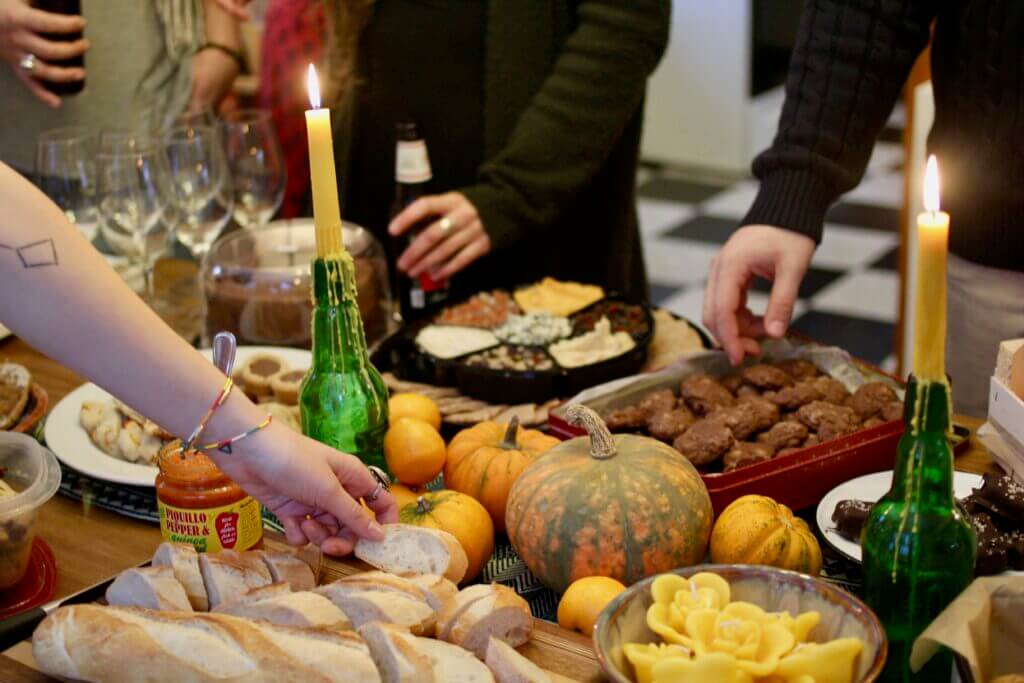
3. Plan a Sweet Treat Hunt
Here is your opportunity to keep things playful for the children (and adults). Choose a few treats to buy and a few to make, like these Carrot Coconut Truffles, Real Fruit Gummies or Fig, Walnut & Sea Salt Brownies. There’s really no need to go nuts!
If it’s raining, hide the treats indoors leaving one individually wrapped (with parchment paper or Bees Wrap) for each child at each location. This will help them learn to pick one and share it with others.
If it’s clear outside, consider making face or shape cutouts in brown paper bags. Then place candy in the bags along with a flashlight to illuminate the face, and hide the bags in your garden or forest. It’s ideal to have your sweet treat hunt after your ancestor feast, so the kids don’t fill up on sweets.
4. Read a Story or Plan a Craft From Circle Round
My children’s teacher introduced me to this incredible book, Circle Round, which is rich with stories, myths, activities, recipes, and altar ideas for earth-based traditions.
What does this mean? It means celebrating the seasons in a way that is closely tied to nature’s unfolding around us. Most of the holidays celebrated in this book line up with modern and religious holidays, such as Samhain and Halloween.
For almost every milestone, such as Winter Solstice (expressed in various forms like Christmas, Hanukkah, and Kwanzaa), I read the children a story. My oldest (4) is always mesmerized. The crafts are also a hit!
5. Watch Coco
We watch TV sparingly, which is simply our way and is no judgment on what works for your family. However, if you are open to movies I would highly recommend Coco.
It’s a captivating and magical portrayal of Dia de los Muertos with a powerful message about the bond between family. This movie inspired my nephews to make a stunning ofrenda, and transformed his understanding of Halloween. Story and pictures are powerful ways of conveying messages to young ones, and this is a movie I fully condone.
6. Plan a Lantern Walk
This is another tradition we picked up from my daughter’s school. Every year they create a simple lantern. The lantern symbolizes the inner light we must cultivate as the outer light (the sun) shines less during the winter months and the days grow darker.
With their teacher or parents, the children carry each carry their lantern through a field (though this could easily be a safe sidewalk if you live in a city). The spectacle of little lights bobbing and glowing amidst the silhouettes of leafless trees and overgrown reeds is warming to the soul. The lanterns then become decorations in our home.
Our kids always have real tea lights and are very proud of carrying them carefully. You can glue a jar lid to the bottom of the lantern and use strong tape to stick the tea light to the metal to contain and center the candle and avoid the paper burning. If you’re more comfortable, you can use battery-operated flameless tea lights.


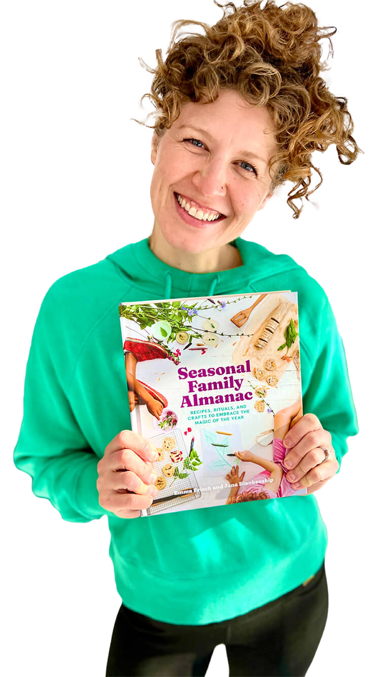
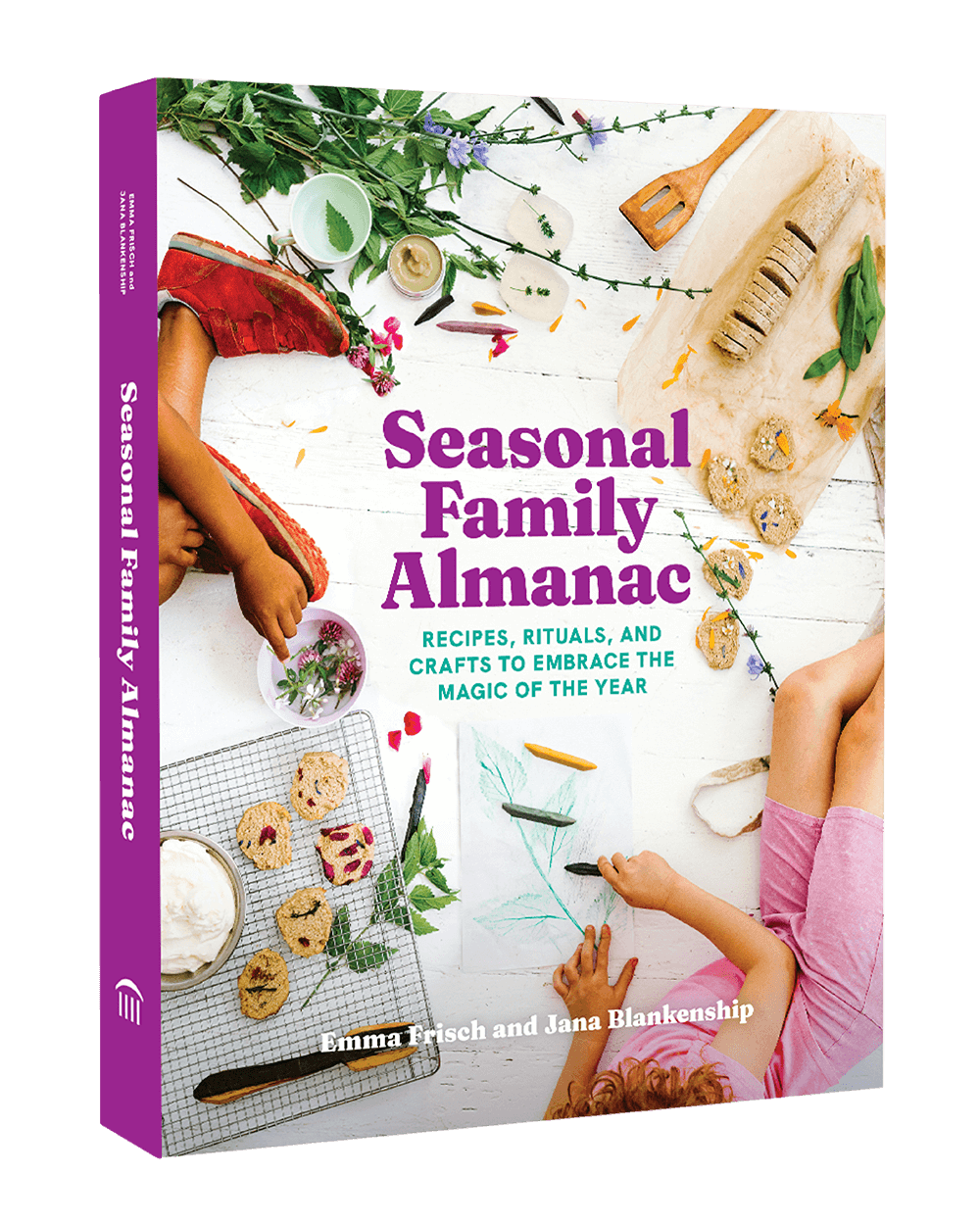

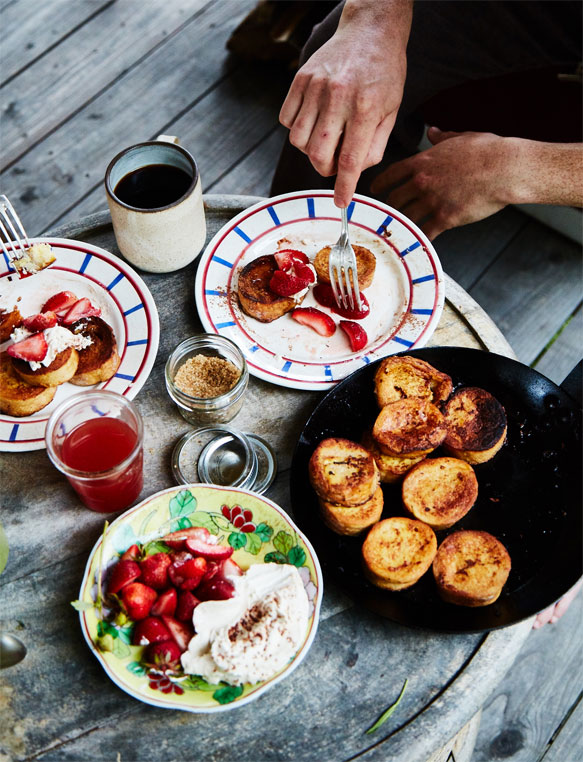
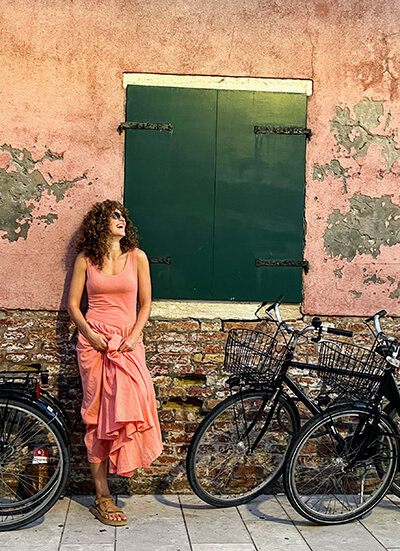

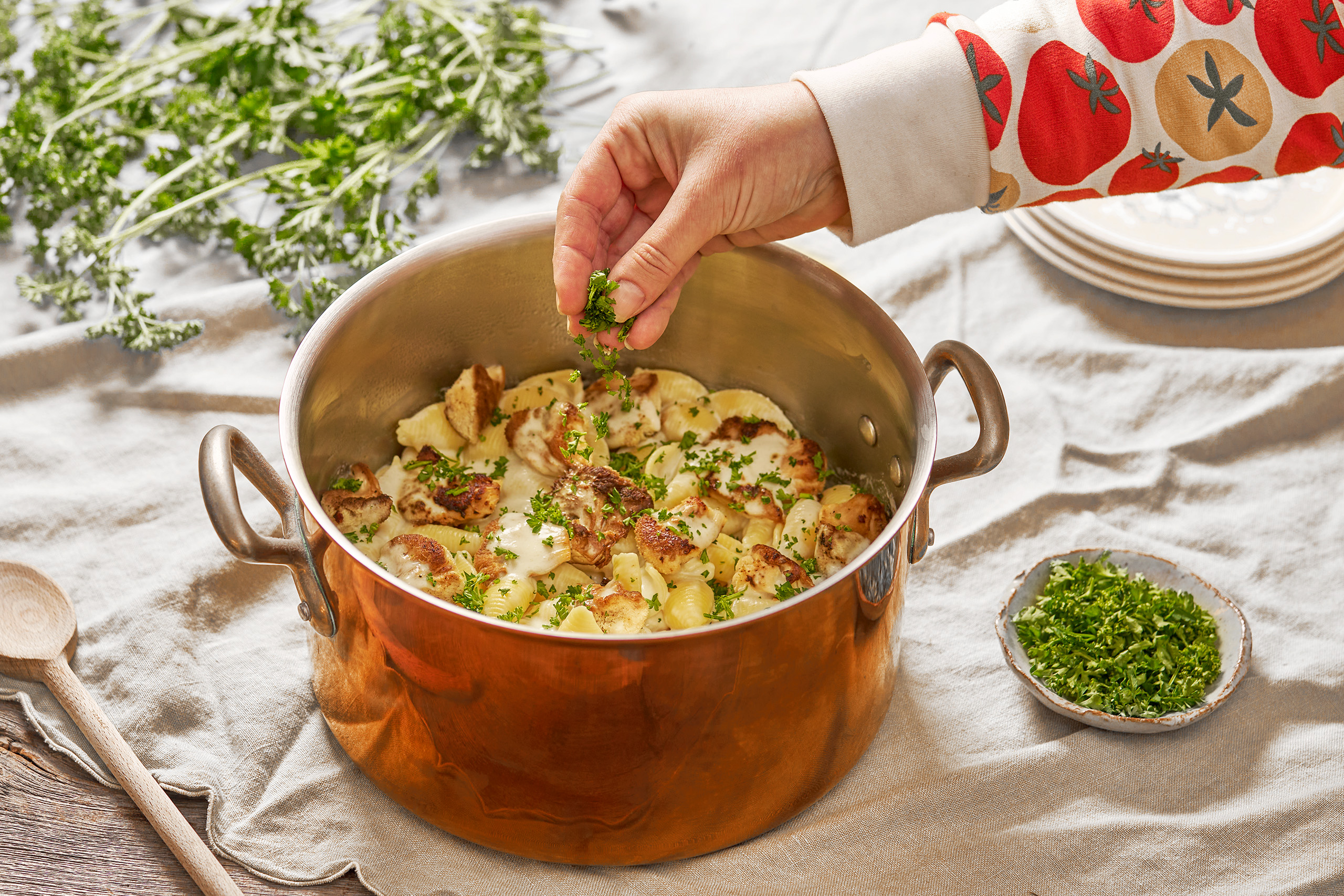
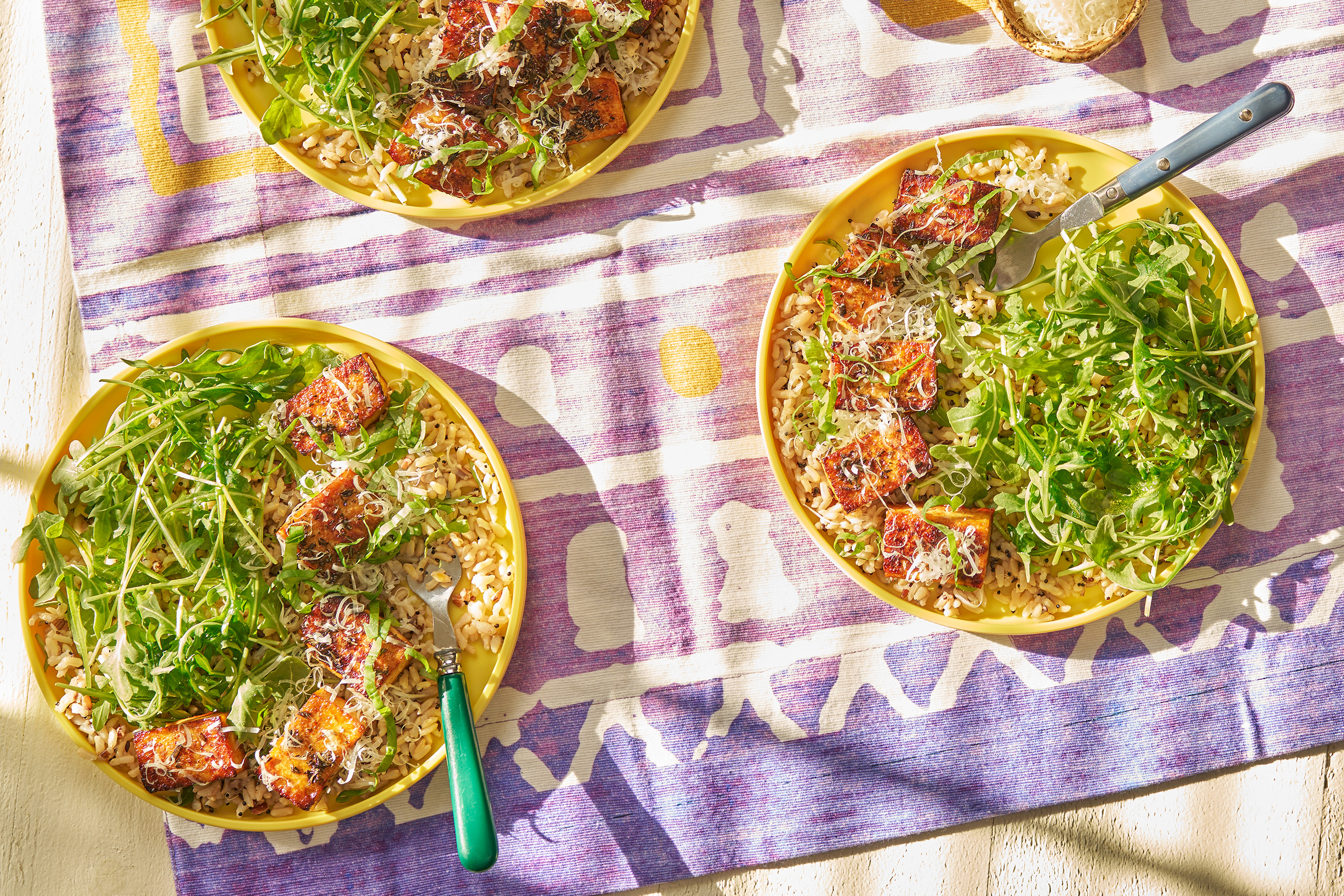



Appreciate it for helping out, wonderful information. Beth Israel Hutt
So glad it was helpful! May it inspire all your Halloweens to come : )